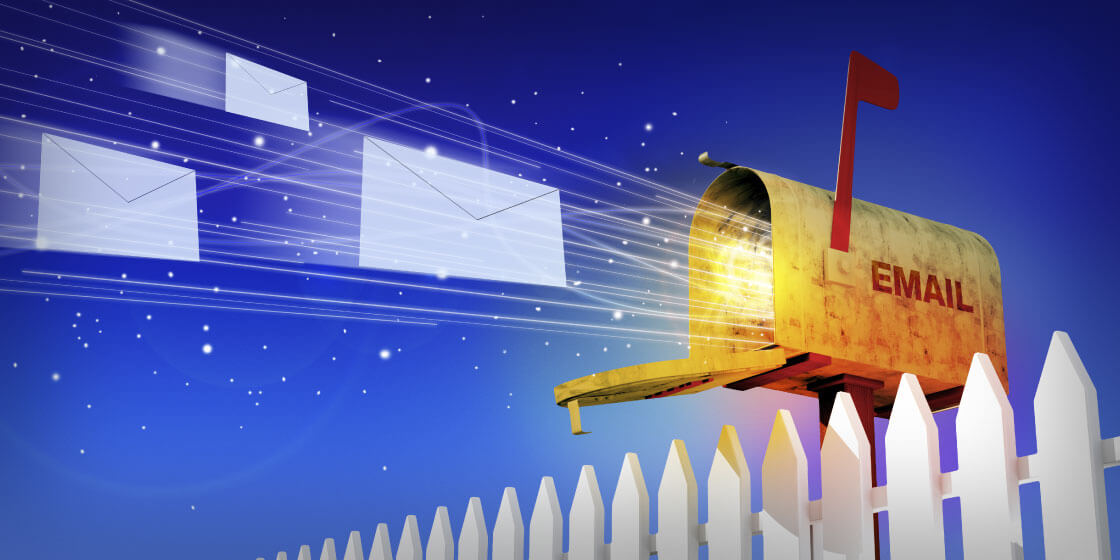How to Avoid Your Fundraising Email from Being Labeled Spam

The costs of a nonprofit’s email being labeled as junk are substantial, so organizations need to do everything they can to avoid their fundraising emails from being labeled SPAM.
Using best practices for donor management, strategies, and outreach can help guide the way to inboxes.
Fundraising emails are generally no more than a couple of hundred words, taking seconds to open and read.
However, the amount of time nonprofits, charities, and stations devote to developing email marketing campaigns is exponentially greater. And they desperately don’t want to see all their efforts go for naught by ending up in the spam folder. Not only is it a blow to the campaign, but also to donor retention and engagement.
One-fourth of emails sent by nonprofits are lost to spam.
Fundraising email campaigns face the stark reality of spam being a big problem. Recently, The Nonprofit Times reported on a study that found that a quarter of nonprofit emails were in spam folders in 2017. The study found that each spam percentage point resulted in a loss of about $1,255 per 100,000 email addresses, meaning nonprofits could lose up to $30,000 at the rate observed.
The factors blamed for causing spam labels were complicated unsubscribe processes, irrelevant emails, and unwanted emails.
With those unsavory characteristics of fundraising campaigns in mind, brushing up on some best practices for avoiding the spam folder is essential.
Workaround spammy language.
Avoiding spammy language is an obvious tip, but it’s harder to pull off in practice than in theory. Marketers understand that ALL CAPS styling and excess use of exclamation points in the subject line can doom an email campaign, but they have to balance that knowledge with the fact they want recipients to open the message. You want to create intrigue, interest, and urgency, but coming off too strong can tip the balance too far and relegate your emails to spam. There are other ways to construct a subject line, so take some time to try different configurations, even A/B test them, to ensure nothing will tank your campaign.
Don’t send your emails from a generic address.
One factor that could negatively affect that path to an inbox is the email address you’re using to send them. If it’s something like noreply@charityXYZ or marketing@stationA, email recipients are likely to disregard the communication because of its impersonal source. Donors want to feel like their communications with a nonprofit or station are genuine, and fundraisers should want to reflect that tenor of engagement as much as possible.
However, suppose the email is from a real person (or at least an address with a real-sounding name). In that case, donors can make a familiar connection with the charity and the other communications they receive. Building up a sense of trust and goodwill with donors through email begins by allowing them to connect the organization with a name. It’s as simple as that.
Send relevant, personalized content.
Blasting emails to your list regardless of preference or lacking personalization is a recipe for spam—email spam, at least; nobody knows how the food product is made. Donors can tune out and mark your emails as junk without focused, relevant content.
Nonprofits must ensure every facet of the email is informed by what they know about the recipient, which begins with data. Collecting and analyzing donor data can point fundraisers in the right direction on email type, promotion, length, or send time to ensure the content is as relevant as possible to the donor.